-
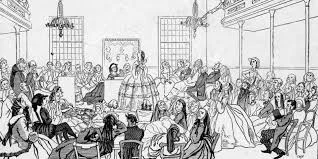 There was a women’s rights convention at Seneca Falls, where they adopted the Declaration of Sentiments. The Declaration of Sentiments calls for equal rights and the allowance of women to vote.
There was a women’s rights convention at Seneca Falls, where they adopted the Declaration of Sentiments. The Declaration of Sentiments calls for equal rights and the allowance of women to vote. -
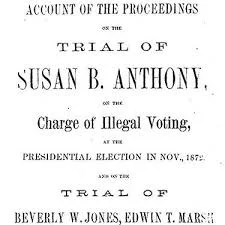 More than a dozen women were arrested in Rochester for voting in the presidential election. The court charged Susan B. Anthony $100 that she never paid.
More than a dozen women were arrested in Rochester for voting in the presidential election. The court charged Susan B. Anthony $100 that she never paid. -
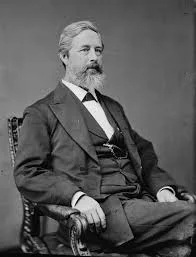 California Senator, Aaron Sargent, presents an amendment to the US Senate. This is the first time an amendment for women’s rights has been proposed. When the amendment was finally ratified 41 years later, they used his same wording: “The right of citizens of the United States to vote shall not be denied or abridged by the United States or by any State on account of sex.”
California Senator, Aaron Sargent, presents an amendment to the US Senate. This is the first time an amendment for women’s rights has been proposed. When the amendment was finally ratified 41 years later, they used his same wording: “The right of citizens of the United States to vote shall not be denied or abridged by the United States or by any State on account of sex.” -
 With Elizabeth Cady Stanton as their president, National American Woman Suffrage Association (NAWSA) combines the National Woman Suffrage Association (NWSA) and the American Woman Suffrage Association (AWSA) into one organization. Their main goal is to get women’s right to vote one state at a time.
With Elizabeth Cady Stanton as their president, National American Woman Suffrage Association (NAWSA) combines the National Woman Suffrage Association (NWSA) and the American Woman Suffrage Association (AWSA) into one organization. Their main goal is to get women’s right to vote one state at a time. -
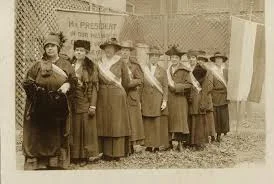 33 women were arrested for picketing and then sent to the Occoquan Workhouse in Virginia. At the workhouse, the guards were allowed to beat the women. Dora Lewis was knocked unconscious, and Alice Cosu had a heart attack, just to name a few.
33 women were arrested for picketing and then sent to the Occoquan Workhouse in Virginia. At the workhouse, the guards were allowed to beat the women. Dora Lewis was knocked unconscious, and Alice Cosu had a heart attack, just to name a few. -
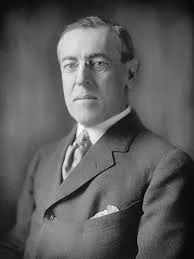 The first women representative, Jeanette Rankin, brings up the topic of an amendment allowing women to vote in the House of Representatives. It passes, but fails to get the ⅔ vote in the Senate. President Wilson officially switches sides and promotes women’s suffrage.
The first women representative, Jeanette Rankin, brings up the topic of an amendment allowing women to vote in the House of Representatives. It passes, but fails to get the ⅔ vote in the Senate. President Wilson officially switches sides and promotes women’s suffrage. -
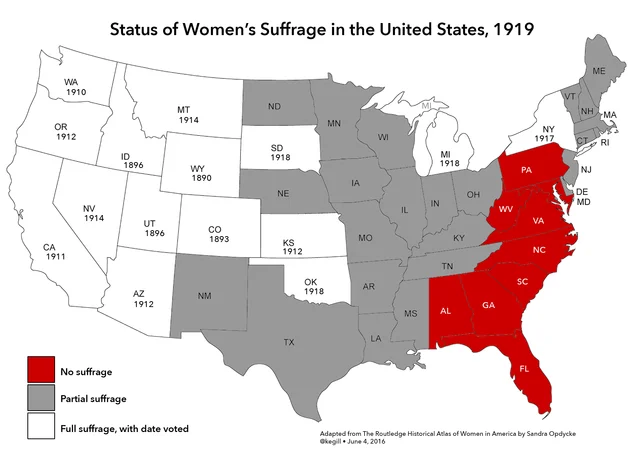 -May 21, 1919: The House of Representatives passes the Amendment again
-May 21, 1919: The House of Representatives passes the Amendment again
-July 4, 1919: The Senate also receives a ⅔ vote, barely.
-11 states approved by late July 1919.
-Georgia became the first state to vote no on July 24th.
By the end of the year, Alabama became the second state to vote no, while Arkansas, Montana, Nebraska, Minnesota, New Hampshire, Utah, California, Maine, North Dakota, South Dakota and Colorado have all voted to ratify. Suffragists need 14 more states to ratify. -
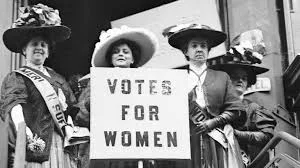 By the end of March, Virginia, Maryland and Mississippi had also voted against it. But Nevada, New Jersey, Idaho, Arizona, New Mexico, Oklahoma, West Virginia and Washington ratified. That means that the total number of states that have ratified is 35, only one state is left.
By the end of March, Virginia, Maryland and Mississippi had also voted against it. But Nevada, New Jersey, Idaho, Arizona, New Mexico, Oklahoma, West Virginia and Washington ratified. That means that the total number of states that have ratified is 35, only one state is left.
In June, Delaware unexpectedly denied the amendment, slowing down momentum. Connecticut, Vermont, and Florida have all turned it down, leaving North Carolina (for sure no) and Tennessee left to vote. There was little hope. -
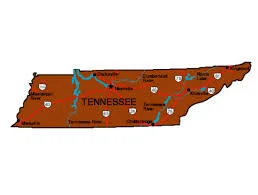 In the week leading up to their decision, many suffrage supporters show up to spread the word, but so do anti-suffrage advocates. They have what is called the “War of the Roses”, as the supporters wear white roses and their counterparts wear red. It passes in the Senate, but it is tied in the House, until Harry Burns, a Tennessee legislator, receives a letter from his mother, urging him to vote for women’s suffrage, so he changes his vote and the amendment is passed.
In the week leading up to their decision, many suffrage supporters show up to spread the word, but so do anti-suffrage advocates. They have what is called the “War of the Roses”, as the supporters wear white roses and their counterparts wear red. It passes in the Senate, but it is tied in the House, until Harry Burns, a Tennessee legislator, receives a letter from his mother, urging him to vote for women’s suffrage, so he changes his vote and the amendment is passed. -
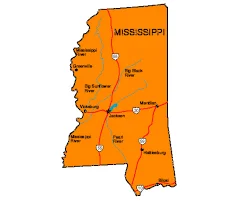 Although the amendment had passed over 40 years ago, Mississippi still had not ratified it. So, in March, they finally formally ratified it.
Although the amendment had passed over 40 years ago, Mississippi still had not ratified it. So, in March, they finally formally ratified it.